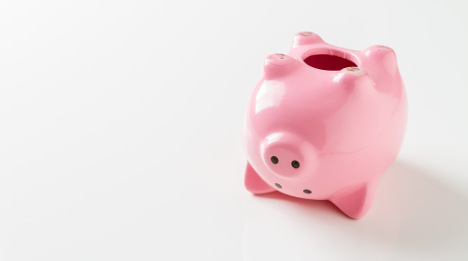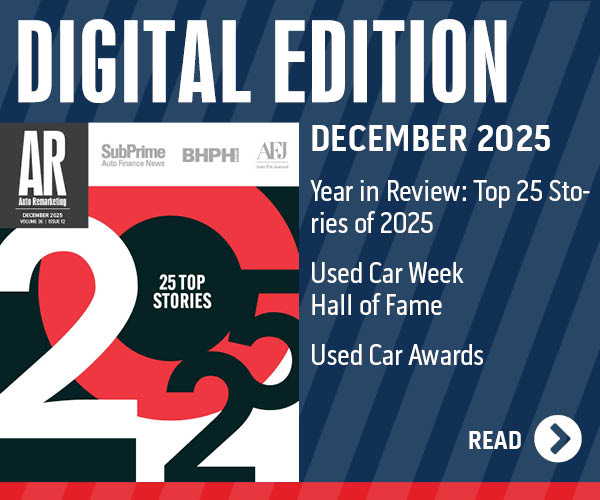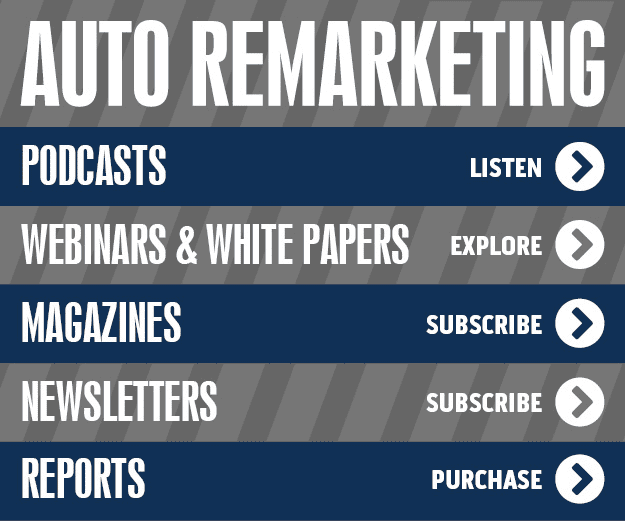Third of shoppers are underwater on trade-in vehicle

By subscribing, you agree to receive communications from Auto Remarketing and our partners in accordance with our Privacy Policy. We may share your information with select partners and sponsors who may contact you about their products and services. You may unsubscribe at any time.
SANTA MONICA, Calif. –
Nearly 1 out of 3 car shoppers have negative equity on their trade-ins when they’re purchasing their next vehicle, according to Edmunds.com.
Edmunds’ data shows that an estimated 32 percent of all trade-ins toward the purchase of a new car through the first three quarters of 2016 were underwater.
It’s the highest rate on record, and it’s up from 30 percent of all trade-ins toward new car purchases from January to September last year.
These “upside down” shoppers had an average of $4,832 of negative equity at the time of trade-in — also a record.
“It’s curious to see just how many of today’s car shoppers are undeterred by how much they owe on their trade-ins,” says Edmunds.com senior analyst Ivan Drury. “With today’s strong economic conditions at their back, these shoppers are willing to absorb a significant financial hit to get into a newer vehicle.
“In fact, shoppers with this mindset may want to consider jumping on the leasing bandwagon. They can get into a new car with great technology every few years without having to worry about how much they still owe on their trade-in.”
Subscribe to Auto Remarketing to stay informed and stay ahead.
By subscribing, you agree to receive communications from Auto Remarketing and our partners in accordance with our Privacy Policy. We may share your information with select partners and sponsors who may contact you about their products and services. You may unsubscribe at any time.
Edmunds found that the difference between the average monthly payment on a new car purchase ($505) was $77 more than the average monthly lease payment ($428) in the third quarter. And new car leasing is at its highest level ever, making up an estimated 33 percent of new car transactions in 2016, through October.
Upside down trade-ins are not limited to new car purchases. According to Edmunds’ Q3 Used Vehicle Market Report, a record 25 percent of all trade-ins toward a used car purchase in the third quarter had negative equity. These shoppers had an average of $3,635 of negative equity at the time of trade-in — also a Q3 record in the used car market.
Edmunds tends to recommend that car shoppers wait until they have equity in a vehicle before they trade it in for another car. But in cases where shoppers feel that their only choice is to trade in a car when they’re underwater, Edmunds lays out a few strategies to minimize — or even avoid — the financial blow in its consumer advice piece “Upside Down and Under Water on a Car Loan,” which may be viewed by clicking here.


